
Recommendation
Michio Kaku is the lay reader’s dream – an accomplished scientist who communicates intricate concepts in a way anyone can comprehend. In his book, Kaku offers a deeply researched study of the technologies that will create society’s future. He tackles everything from computer screens on contact lenses to magnetic levitation, artificial intelligence and nanotechnology. To keep his treatise reader-friendly, he brings in examples from Greek mythology, Star Trek and the Terminator movies. At times Kaku seems a bit too optimistic about the gee-whiz direction of the world, which he believes eventually will be free of cancer, car crashes and the ravages of aging. But he does temper some of his predictions: He points out the limits of stem cells and artificial intelligence, and he notes the dangers of global warming. getAbstract recommends his analysis to readers seeking an erudite but easy-to-digest survey of the innovations shaping the future.
Summary
About the Author
Michio Kaku, who co-founded string field theory, teaches theoretical physics at the City University of New York and wrote Hyperspace and Physics of the Impossible.









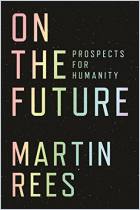


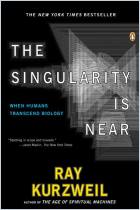

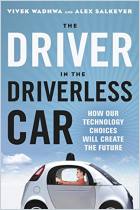


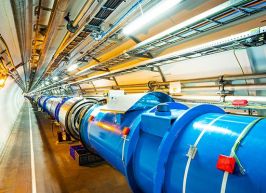

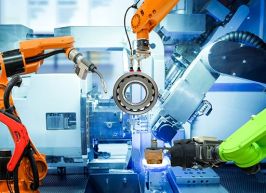
Comment on this summary or Diskussion beginnen